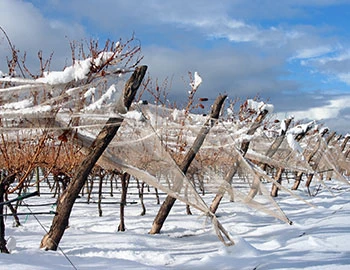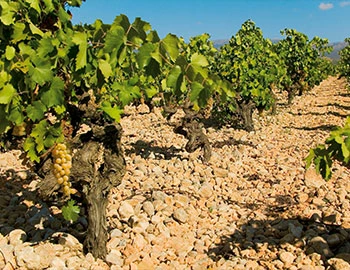New Zealand
Kia Ora - Welcome to New Zealand!
In the southwestern Pacific Ocean, between Australia and New Caledonia, lies New Zealand, a stunningly beautiful country consisting of two main islands. This island state was first discovered at the end of the 13th century. Aotearoa, or the Land of the Long White Cloud: is what the indigenous people, the Maori, named it. The nation covers a length of some 1,500 km and lies between 34° and 47° southern latitude (compared to our location, this corresponds to Tunis and Paris) and is therefore the world’s southernmost winegrowing country. Its «immediate» neighbours are relatively distant: Australia to the west, Antarctica to the south, with New Caledonia, Tonga and Fiji to the north.
White wines from New Zealand
Red wines from New Zealand
Given the extensive coverage of the country, there are three climate zones: Northland is subtropical, southern North Island and northern South Island are temperate maritime in nature, while the Central Otago region is semi-arid and characterised by continental influences. The following winegrowing areas are to be found on North Island (from north to south): Northland, Auckland, Gisborne, Hawke's Bay, Wairarapa, Martinborough. Hawkes Bay, with its sub-region Gimblett Gravels, has virtually achieved cult status. On South Island (from north to south): Marlborough, Nelson, Canterbury, Waipara and Central Otago. Marlborough is the largest and most famous area, embedded in the north of the southern peninsula, near Blenheim. Historically, New Zealand's viticulture is still very young, but the enthusiasm and passion of its local winegrowers are huge. Until around 1975, the region around Blenheim was still typical agricultural land: vines were grown on less than 50 hectares. From a global perspective, New Zealand is one of the smallest winegrowing nations in the world, whose wines contribute slightly less than 1% to the worldwide production volume (255 million litres), of which over 50% are exported. Currently, there are some 670 wineries spread across both islands. Interestingly, New Zealand is also one of the winegrowing countries that primarily use screw caps on its bottles (85%). Today’s winegrowing area covers around 40,000 hectares (slightly more than twice that of Switzerland) with most of the vineyards being located max. 20 km from the Pacific Ocean, whose cool breezes strongly influence the climate. Since 2012, New Zealand winegrowers have been working 100% sustainably, many of whom have opted for biological or even biodynamic governance.
When thinking of the grape varieties cultivated, the first that certainly comes to mind is the refreshing, crisp, exotic, fruity-herbaceous Sauvignon Blanc, which is virtually THE synonym for New Zealand wines. Covering almost 70% of the total vineyard area it is, in fact, the New Zealand grape variety par excellence, found predominantly in the Marlborough region. Additionally, Pinot Noir, Chardonnay and Pinot Gris are planted in almost equal proportions. Merlot and some experimental exotic vines complete the New Zealand grape variety portfolio. Seafarers arriving from Australia around 1819 brought the first vines to New Zealand. Croatian families also influenced New Zealand viticulture around Auckland. It was not until the 1970s that winegrowing began on a grander scale. To this day, New Zealand's wine legislation is oriented towards its bigger neighbour, Australia. However, New Zealand continues to engage in so-called grape variety marketing, i.e. the labels on the wine bottles primarily highlight the grape, rather than the growing area or vineyard name. Whereas a few (European) winegrowers follow the classical appellations of origin and market their wines according to vineyard location, the majority of them focus on the grape varieties. Nowadays, 70% of New Zealand vines are 15 years old or younger. As varied as the nature of the country itself, so diverse are its wine regions and, consequently, its wines.








